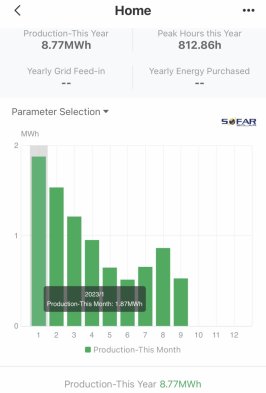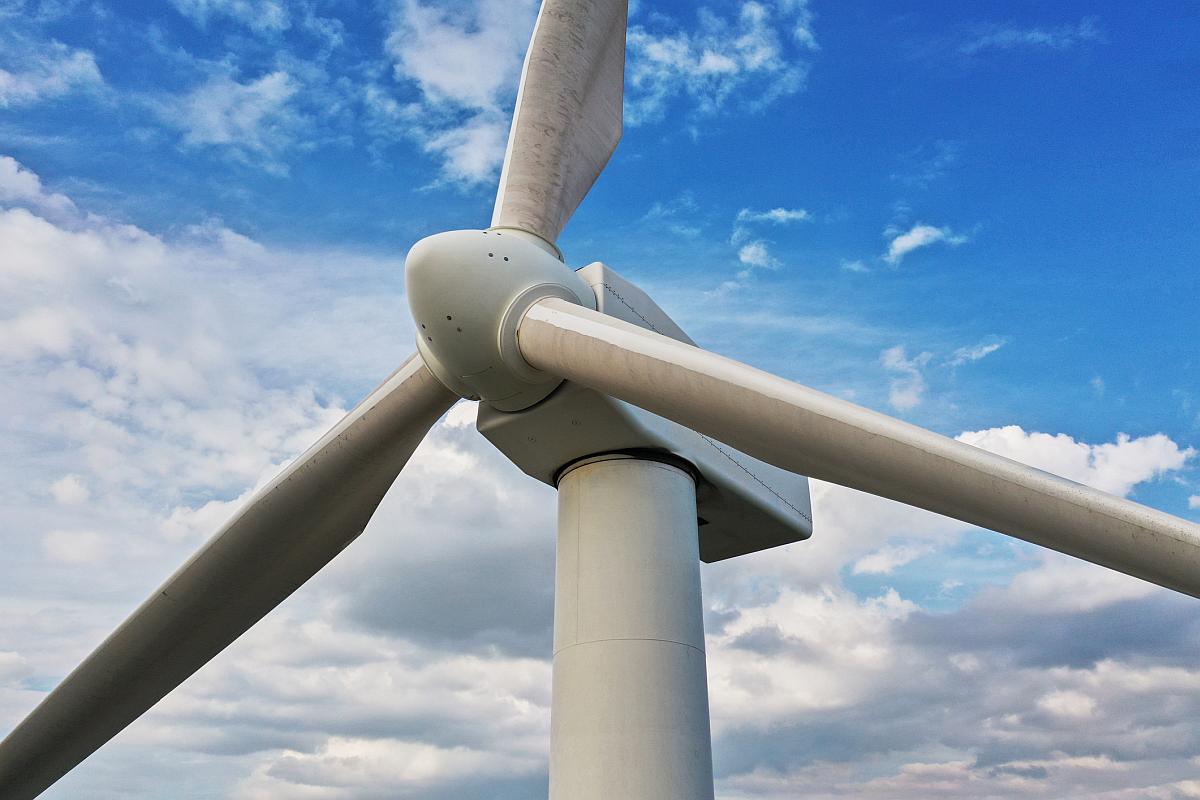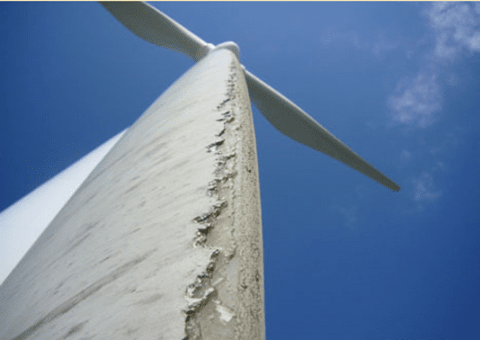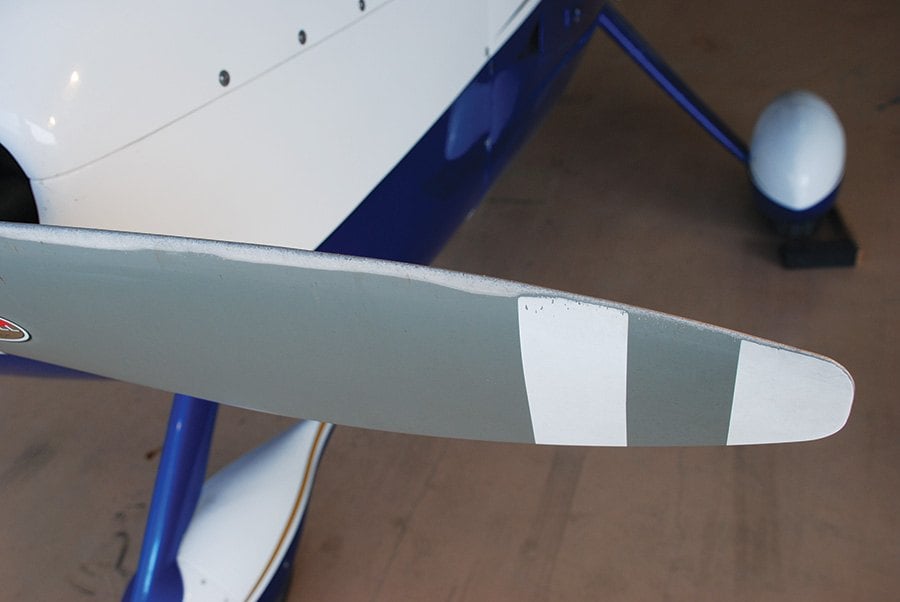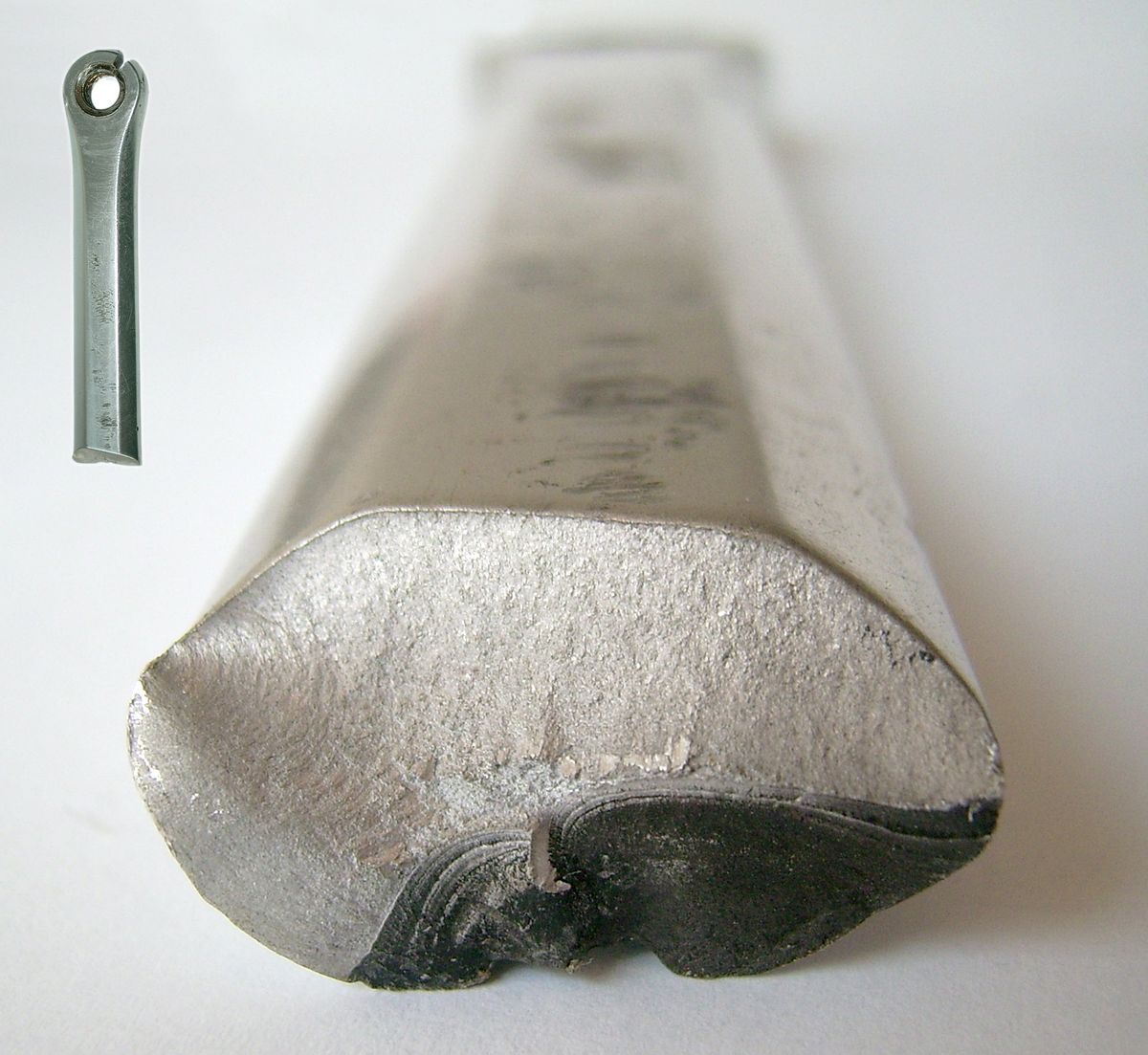McLaren
Premium
- 46,264

- Texas
Uh, the global elite clearly control all these websites.That's a better job supporting your ridiculous position. But it's still ridiculous.
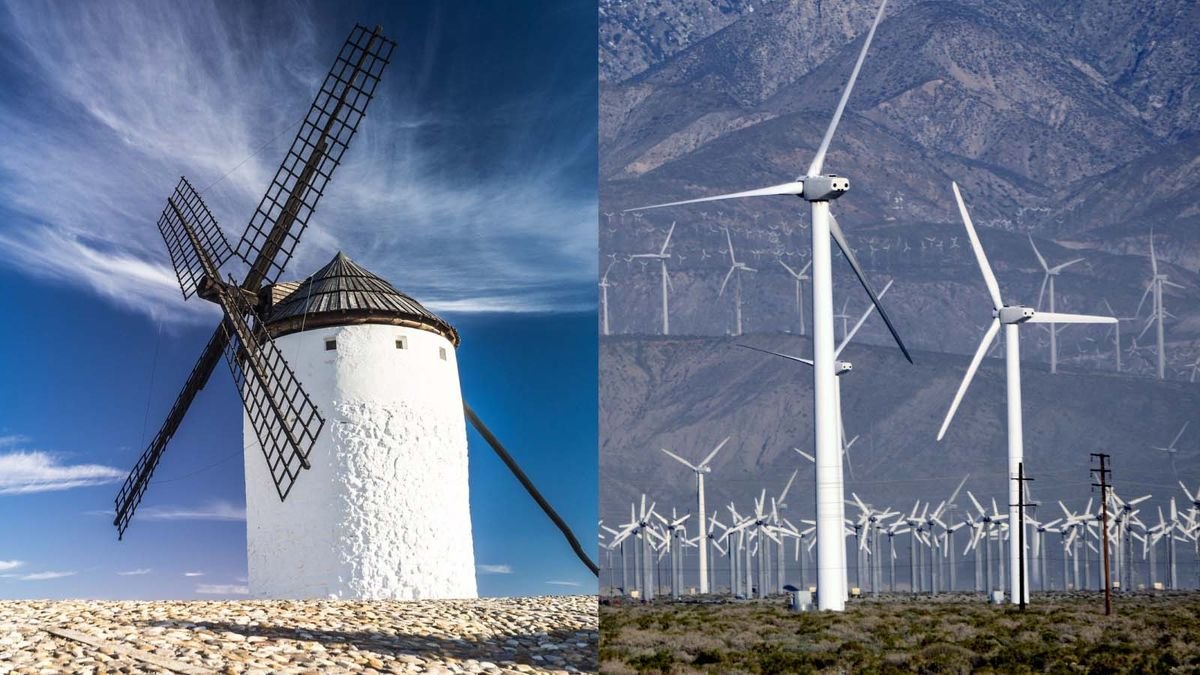
What's the Difference Between a Windmill and a Wind Turbine?
Windmills and wind turbines work on the same core principle to convert wind into energy, but one creates mechanical energy while the other creates electricity. Here's how they work.science.howstuffworks.com

What Is The Difference Between A Windmill & A Wind Turbine? - Sciencing
What Is the Difference Between a Windmill & a Wind Turbine?sciencing.com

Wind Turbine vs Windmill: Do You Know the Difference?
What's the difference between wind turbine vs windmill? Renewable energy guru Steph Cole sets the record straight, and explains in simple terms...theroundup.org

Difference Between Windmill and Wind Turbine
The use of renewable energy sources such as wind energy for generation of electricity is not a new technology. In fact, it draws on the rediscovery of a centuries-old tradition of wind power technology. It’swww.differencebetween.net

Wind Turbines vs. Windmills: What’s the Difference? - Today's Homeowner
Windmills, turbines… they’re the same…right? Wrong! While wind turbines are the modern predecessor to traditional windmills, the two structures are quitetodayshomeowner.com
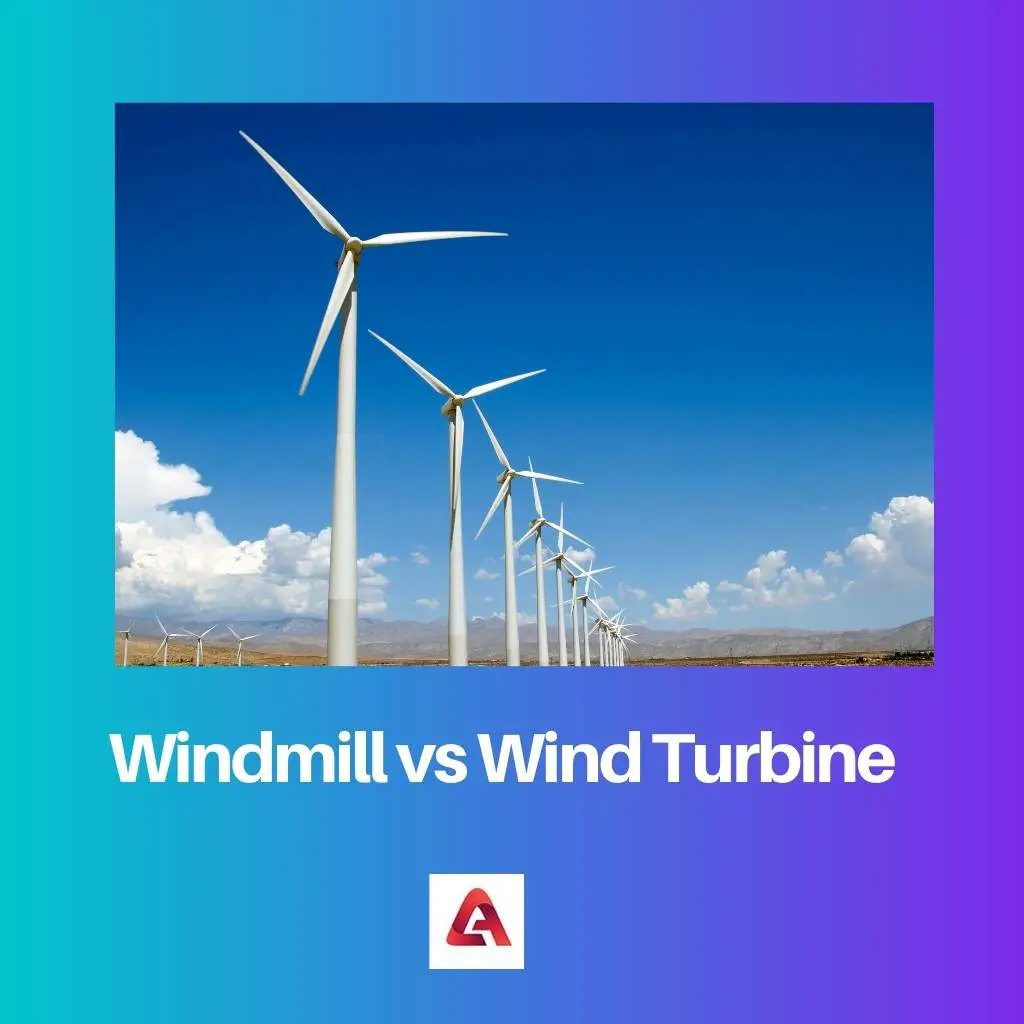
Windmill vs Wind Turbine: Difference and Comparison
Various Engines provide kinds of energy that are used for several purposes. A wind Engine is one of the types of engine. Windmills and Wind turbines are wind engines used to generate the types ofaskanydifference.com
The History of Wind Power | TurbineGenerator
Follow the history of wind from windmills to modern day wind turbine generators. Information covering ancient wind power history to present day wind technology.www.turbinegenerator.org
https://www.sierraclub.org/texas/energy/wind (this one actually explains that windmills are more correctly referred to as windpumps when they're used to pump water)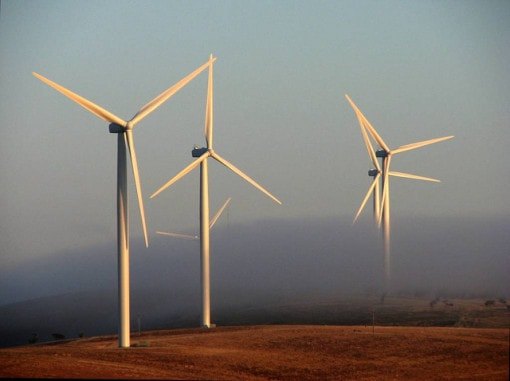
What is a Wind Turbine and How Do Wind Turbines Produce Electricity?
Wind turbines are a great way to provide a source of clean energy for your home or business. Wind turbines are the evolution of the classic windmills that can be seen in more rural areas of the world.www.conserve-energy-future.com
This is trivial. I just go down the list of google results, all of them say that what you're relying on is an incorrect usage of the term that is admittedly common enough to be recognizable. It demonstrates a lack of familiarity with the technology. Exactly the thing you'd hope not to demonstrate when you making a (wrong) claim about the technology.
[
Therefore, my smugness is right. Or something something nonsense.

